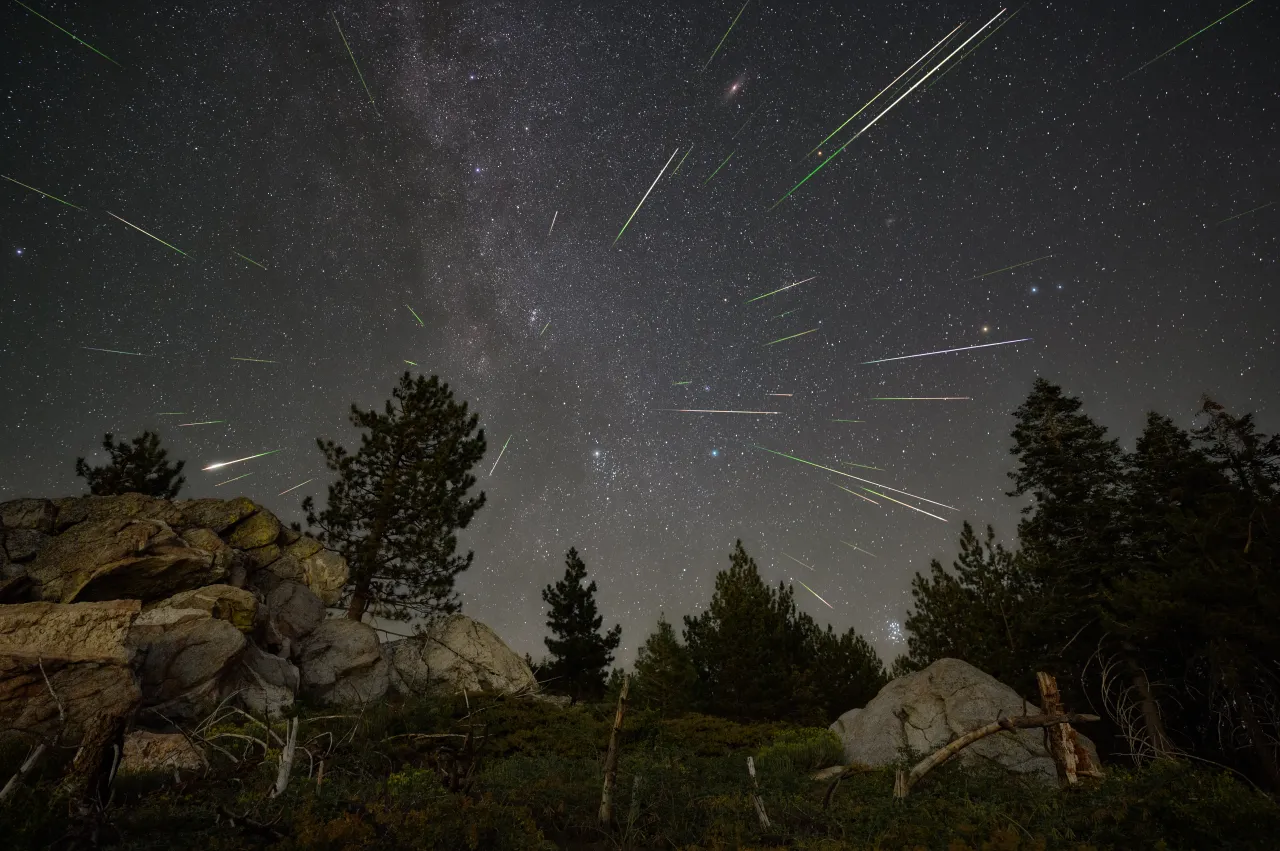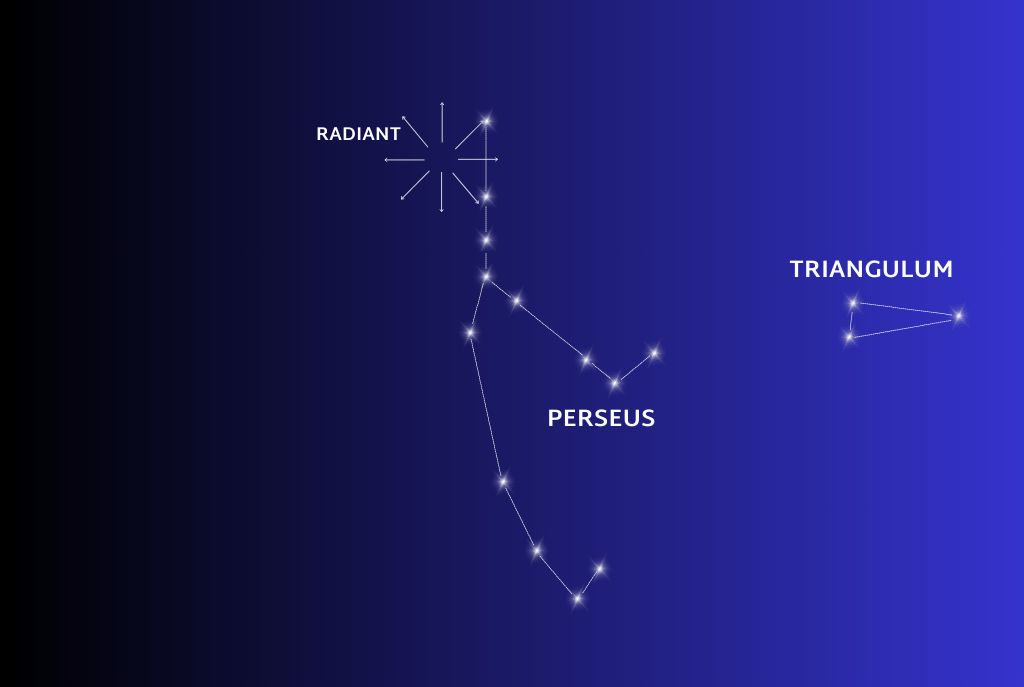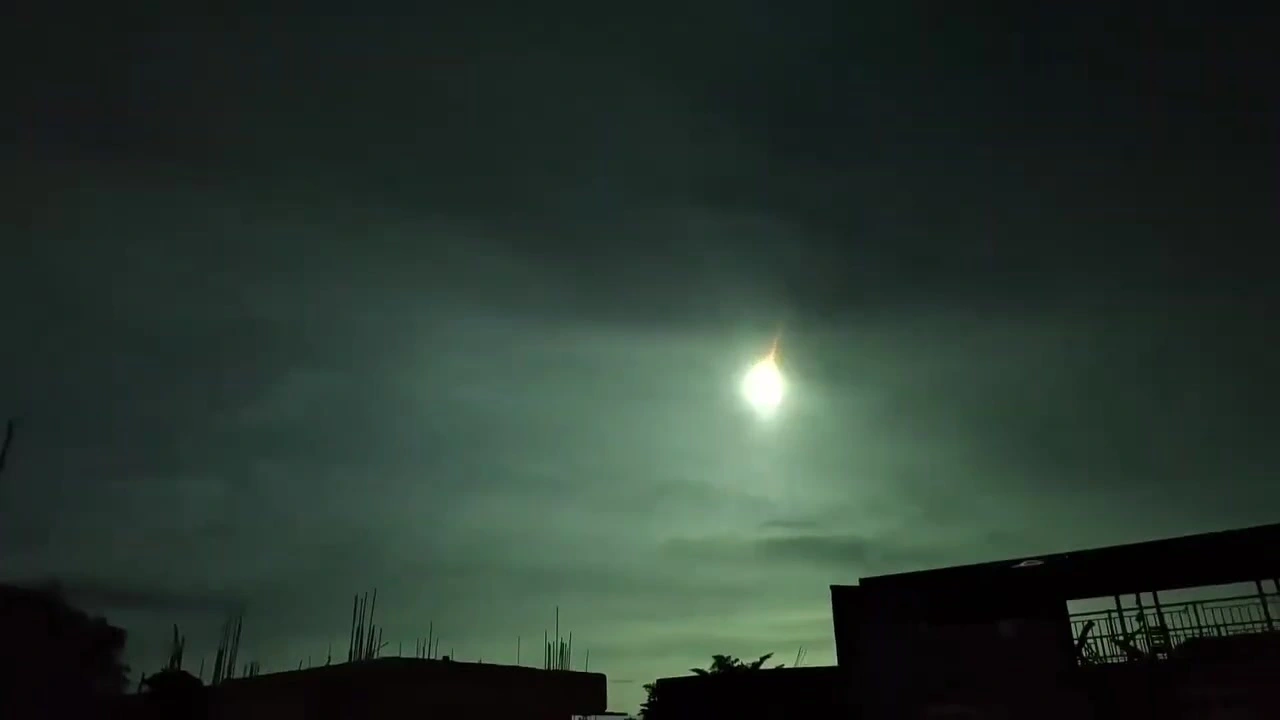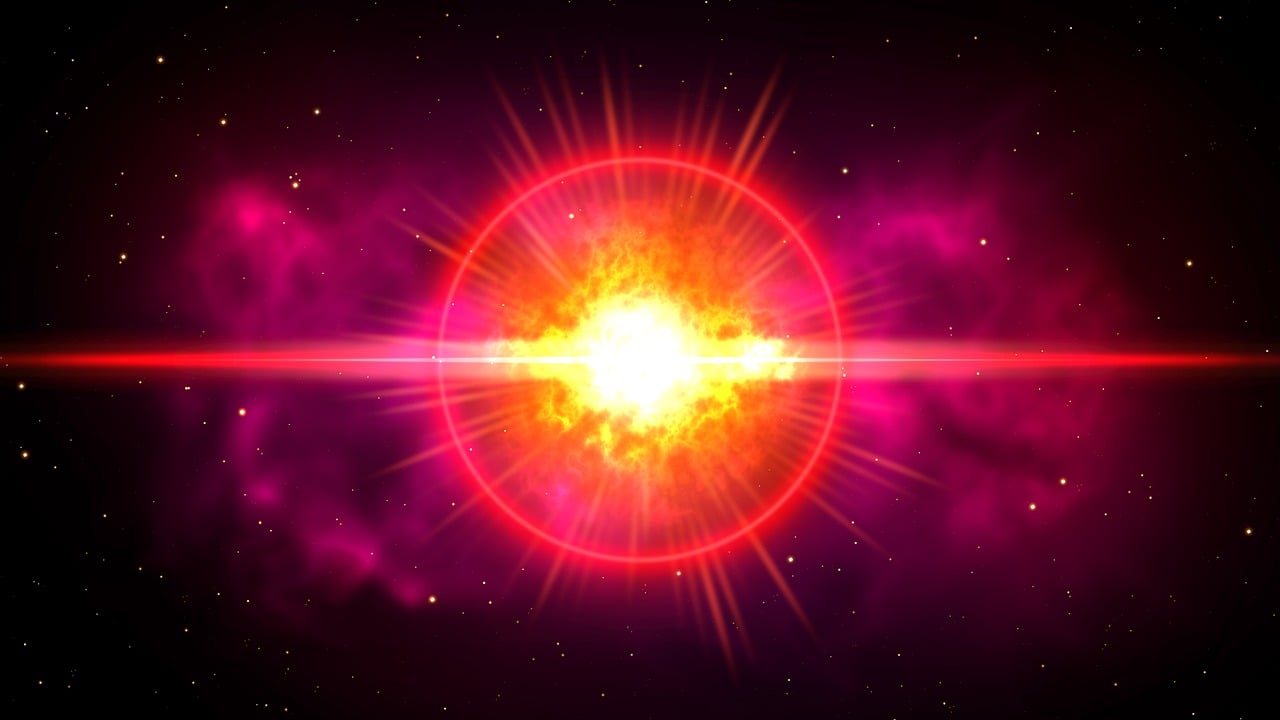
The Perseids are likely to begin in early August this year. This year, the peak of the Perseids is expected between August 11 and 13 as predicted by Earthsky.org.
During peak time, the moon will be 50% illuminated, but it will set until midnight, making it the best time to catch the perseids. Under ideal conditions, one can watch around 110 meters per hour during peak time.
The 2023 Perseids were the best celestial show, as the moon was only 10% illuminated. As the moon will be 50% illuminated, you might see fewer meteors, but wait till midnight on August 13 to see the Perseids at their peak as the moon sets.
Where can I see the Perseid meteor shower?

While looking for a meteor shower, we must first locate the radiant point. A radiant point is a point in the sky from which meteors seem to originate. Every meteor shower has its own radiant point. The meteor showers are typically named after the constellation in which their radiant point is located.
The radiant of the Perseids is located in the constellation Perseus, near Cassiopeia. The Perseids will be best visible from the northern hemisphere.
The parent body of the Perseid meteor shower
Perseids are one of the most anticipated meteor showers of the year. Unlike the famous Geminids that originate from an asteroid, the Perseids originate from comet 109P/Swift-Tuttle.
The comet was discovered by two astronomers, Lewis Swift and Horace Tuttle, in 1862. The letter ‘P’ suggests that the comet is periodic. Comet 109P/Swift-Tuttle orbits the sun every 136 years. A perseid meteor shower occurs when the Earth passes through the debris trail led by this comet.
Tips to make the most out of Persieds
- Mark the peak date on your calendars, as the meteors will be best visible on the peak date.
- Select a location with dark skies away from city lights, as light pollution will make it harder to spot the meteors.
- Use a weather app to see if the weather will be clear, as clouds can ruin your observation plans.
- Choose an appropriate stargazing software or a sky map to locate the radiant point.
- Use a red flashlight, as the blue lights will harm your eyes and make it harder for you to spot the meteors.
- Let your eyes adjust to the dark skies for a few minutes.
- Carry a mat, a water bottle, and some snacks to make the observations comfortable.
- If you wish to capture the night sky, use a DSLR camera with manual settings and refer to the astrophotography guide.
- Last but not least, take your friends and family with you to have fun at this bright and colourful meteor show.



